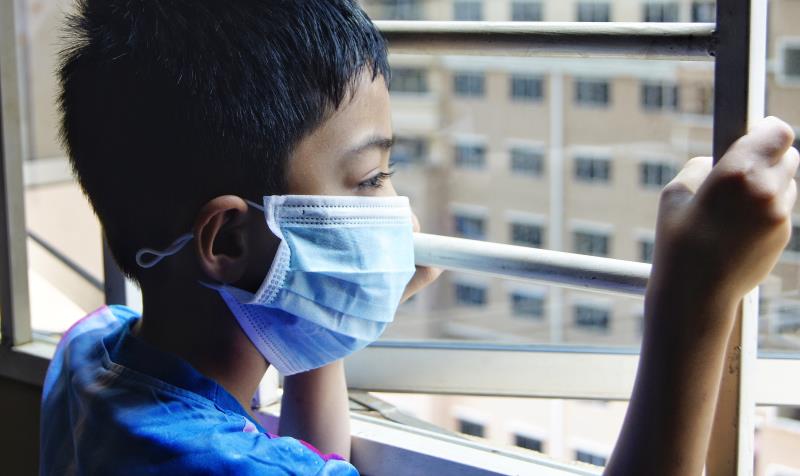
A new Mycobacterium tuberculosis (TB) and rifampin assay, Ultra, demonstrated high sensitivity in diagnosing paediatric pulmonary TB vs traditional bacteriologic testing, new research has shown.
Researchers retrospectively analysed the accuracy of Ultra using bacteriologic results collected at the Beijing Children’s Hospital in Beijing, China. Ninety-three children with pulmonary TB and 128 children with other respiratory tract infections were enrolled in the study.
The Ultra test demonstrated 70 percent sensitivity in pulmonary TB cases and 91 percent in bacteriologically confirmed cases. It was also able to detect Mycobacterium TB in 58 percent of cases that had a negative culture or negative acid fast-staining results and the specificity was 98 percent. [Pediatrics 2019;doi:10.1542/peds.2019-2944]
There were no significant differences in Ultra’s sensitivity with different sample sizes of bronchoalveolar lavage fluid (≤1 mL, 66 percent; >1 mL,73 percent; p=0.5; odds ratio [OR], 0.71).
The percentage of children who tested positive with Ultra decreased from 93 percent to 63 percent after 1 month of treatment (p=0.01) and further decreased after 2 months of treatment (p=0.03).
“The World Health Organization has highlighted that existing tests included in the diagnostic algorithms of active TB can be tailored to be highly specific to each country’s settings and resources,” said the researchers. “Our data showed an added value for Ultra in the diagnosis of paediatric pulmonary TB in China, which has a high burden of TB.”
In a related commentary, Dr Heather Zar, director of the School of Child and Adolescent Health at the University of Cape Town, South Africa, and Dr Mark Nicol from the University of Western Australia in Australia, said the number of children who tested positive for TB after 2 months of treatment raises a concern. They also noted that no comparisons were made between yield for repeated induced sputum samples and bronchoalveolar lavage.
“As most cases of childhood TB occur in low- and middle-income countries, a better, rapid, accurate, and point-of-care diagnostic for use in these settings is a priority,” they concluded.